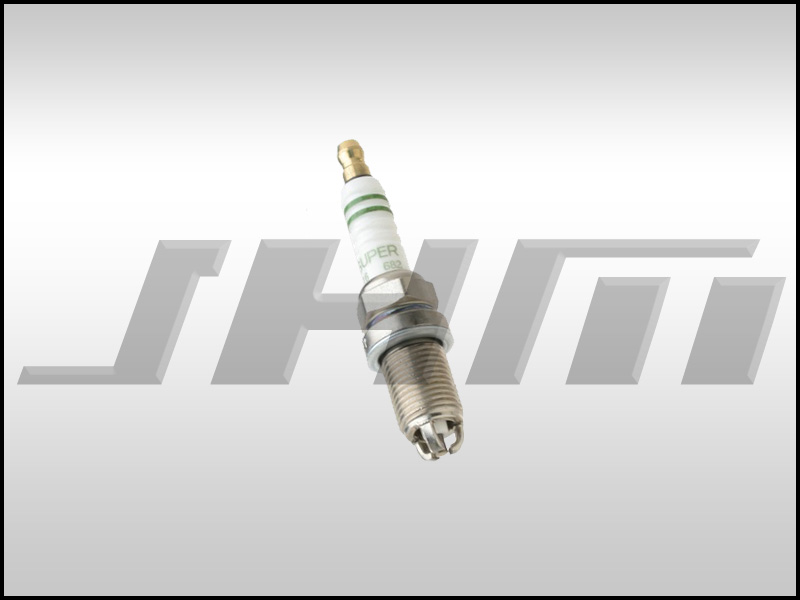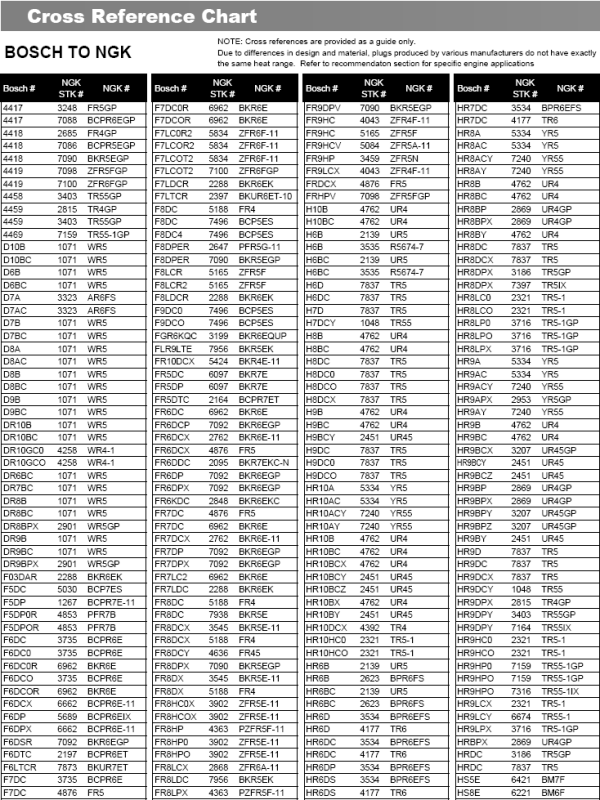"Heat range" is one of the main factors governing spark plug performance under various conditions. The term "heat range" simply refers to the classification of spark plugs according to their ability to transfer heat from the firing end of the spark plug to the cooling system of the engine.
A plug that transfers heat away from the firing end slowly, so that the temperature of the firing end remains relatively hot, is called a "hot plug." (A "hot plug" does not produce a "hotter" spark.)
A plug that transfers heat away from the firing end rapidly, so that the firing end stays relatively cool, (compared to a "hot plug") , is called a "cold plug."
Usually there are several different heat ranges of spark plugs for any particular engine. What you want is a plug that is neither too "hot" nor too "cold" for the conditions affecting the engine. (A plug "just right" under one set of conditions may be too "cold," or too "hot ," under other conditions. )
If the plug is too "cold," deposits build up on the insulator nose. These deposits bleed away voltage and can cause a plug to misfire. In severe cases, the plug may not fire at all.
If, however, a plug is too "hot" for the existing conditions, you may encounter preignition. This means that the glowing tip of the insulator ignites the fuel charge before the plug actually sparks. This wastes power, and, in most cases, will cause severe engine damage.
The general rule on selecting heat range is this: the lower the combustion chamber temperatures, the "hotter" the plug should be. As conditions cause combustion chamber temperatures to rise, a "colder" plug is needed.
There are at least nine factors that have some effect on those temperatures:
COMPRESSION RATIO. The higher the compression ratio, the higher the combustion chamber temperature - and the "colder" the plug should be.













 Reply With Quote
Reply With Quote











Bookmarks